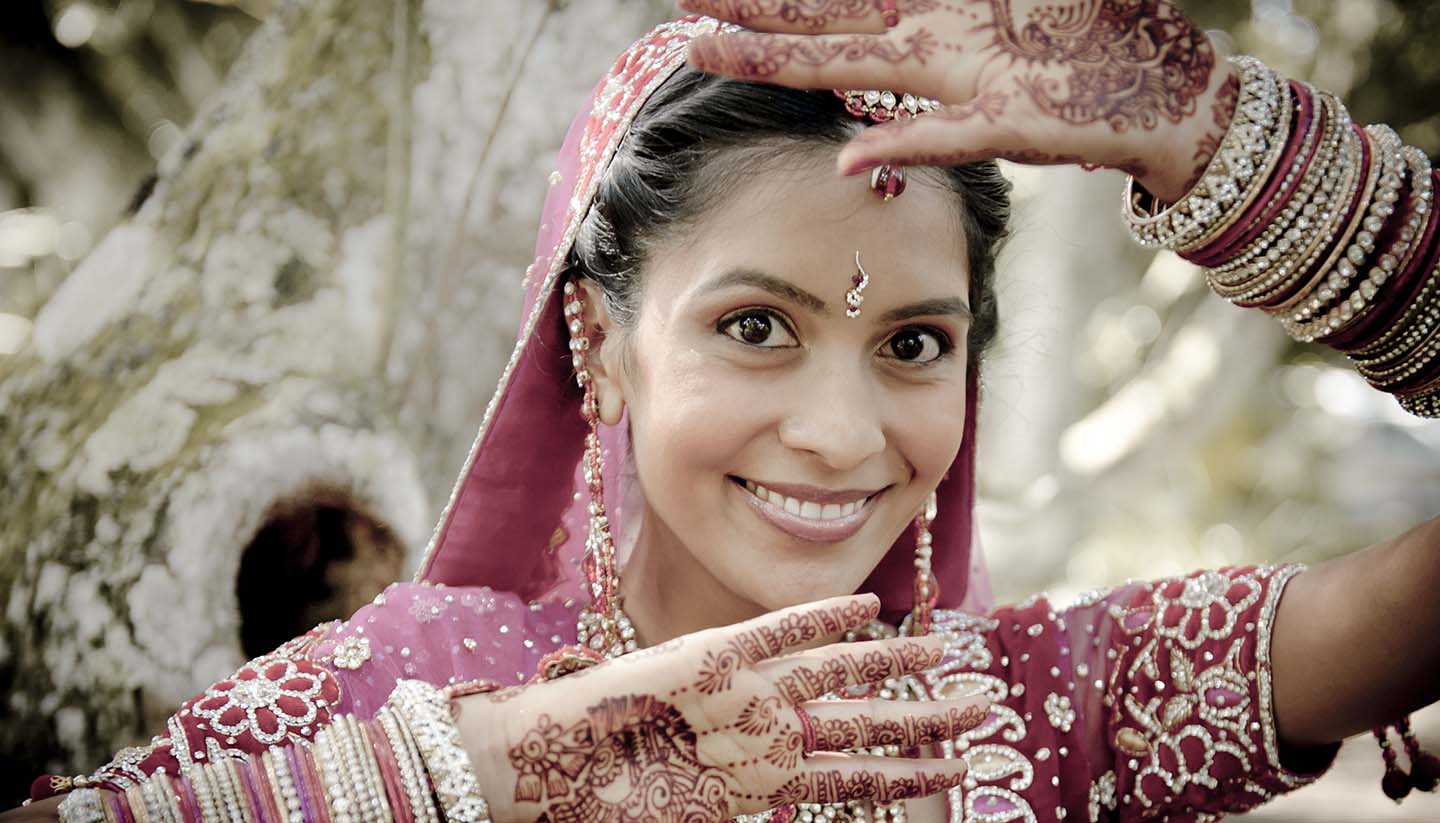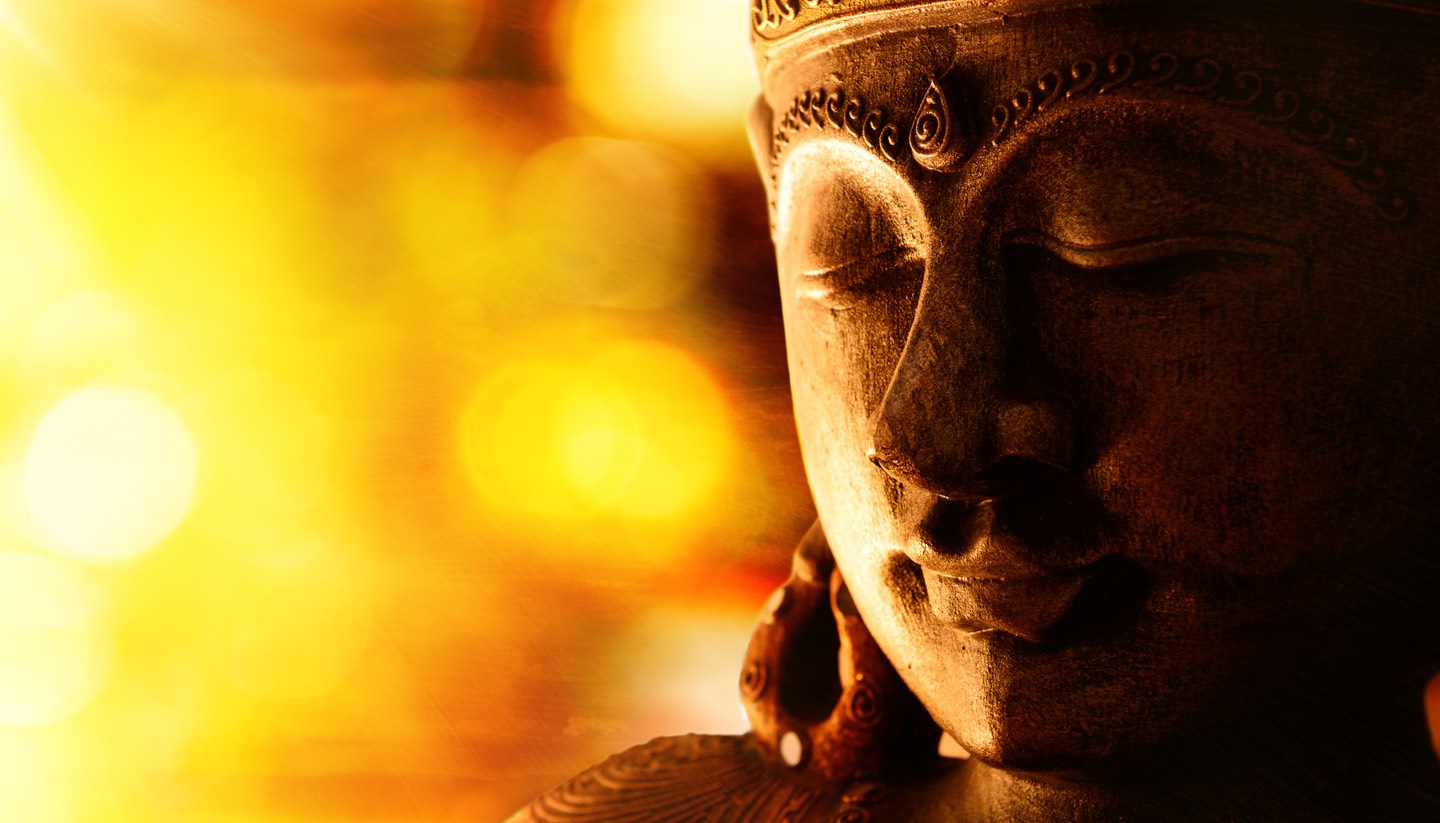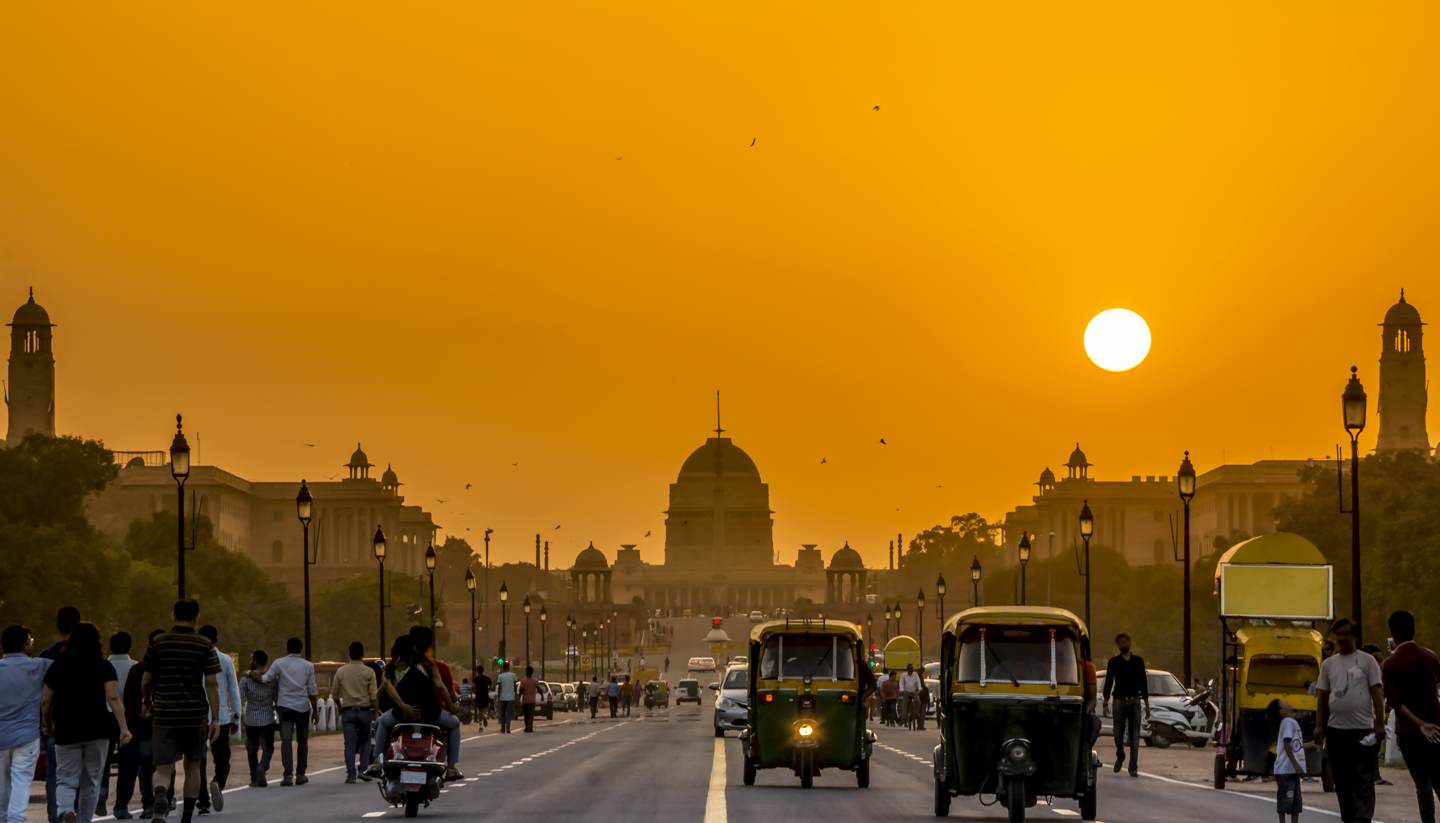India History, Language and Culture
History of India
India was home to one of the oldest civilisations, which rose in the Indus Valley in the 3rd millennia BCE. The intervening 5,000 years have seen hundreds of invasions and the rise and fall of myriad empires, from the Muslim Mughals who built the Taj Mahal, to the Portuguese – the first European powers to arrive and the last to leave, in 1961 – and the French, who carved out their own Indian enclave at Puducherry (Pondicherry).
The most well-known of India’s colonisers were the British, who came as traders in the 17th century, and, through the machinations of the East India Company, managed to take over the entire subcontinent. Under British rule, railways were built, great cities rose and government was centralised, but the maharajas and sultans were reduced to servants of the empire, and India became an engine to further the fortunes of a foreign power.
The Indian Mutiny in 1857 marked the transition of power to the British monarchy, and also the beginning of organised resistance to British rule. While India fought alongside Britain in two world wars, intellectuals and spiritual leaders were sowing the seeds of rebellion. These ideas were crystallised by one man: Mahatma Gandhi, a former lawyer who preached a doctrine of equality to be gained through passive resistance.
In 1942, Gandhi launched the ‘Quit India’ campaign, which started with gestures of civil disobedience, strikes and non-violent demonstrations and ended with Indian Independence in 1947. Tragically, communal tensions between Hindus and Muslims led to India being wrenched apart, with Muslim areas separating to become West and East Pakistan (now Bangladesh). Millions died in the process and a Hindu zealot in Delhi killed Gandhi himself in 1948.
Over 70 years later, and the consequences of Partition are still felt, with India and Pakistan existing in a state of some tension. Nevertheless, in other areas, India is boldly marching forwards. India has become a major technology hub, and the Indian economy is predicted to overtake China. The Indian Prime Minister, Narendra Modi, is spearheading reforms and speeding development, despite accusations of bias towards the Hindu community.
Did you know?
• India is the world’s largest democracy, with over 800 million eligible voters.
• Many of the most common terms in the English language are from India, including shampoo, jungle, mugger, dinghy, loot and bungalow.
• India was the source of all the world’s diamonds until the discovery of diamond deposits in Brazil in the 18th century.
India Culture
Religion in India
About 80% Hindu, 14% Muslim, with Sikh, Christian, Jain, Parsi and Buddhist minorities.
Social Conventions in India
The traditional Hindu greeting is to fold the hands, tilt the head forward and say Namaste. Indian women generally prefer not to shake hands. All visitors are asked to remove footwear when entering places of religious worship. Most Indians also remove their footwear when entering their homes; visitors should follow suit. Many Hindus are vegetarian and many, especially women, do not drink alcohol. Most Sikhs and Parsis do not smoke. Women are expected to dress modestly and men should also dress respectfully. Women should not wear short skirts and tight or revealing clothing, although there is a more casual approach to clothing in Goa.
Language in India
Hindi is the official language of India and, used by about 40% of the population, India’s most widely spoken. English is also enshrined in the constitution for a wide range of official purposes. In addition, 22 regional languages are recognised by the constitution. These include Bengali, Gujarati, Oriya and Punjabi, which are used in respective regions, and Tamil and Telugu, which are common in the south. Other regional languages include Kannada, Malayalam and Marathi.




